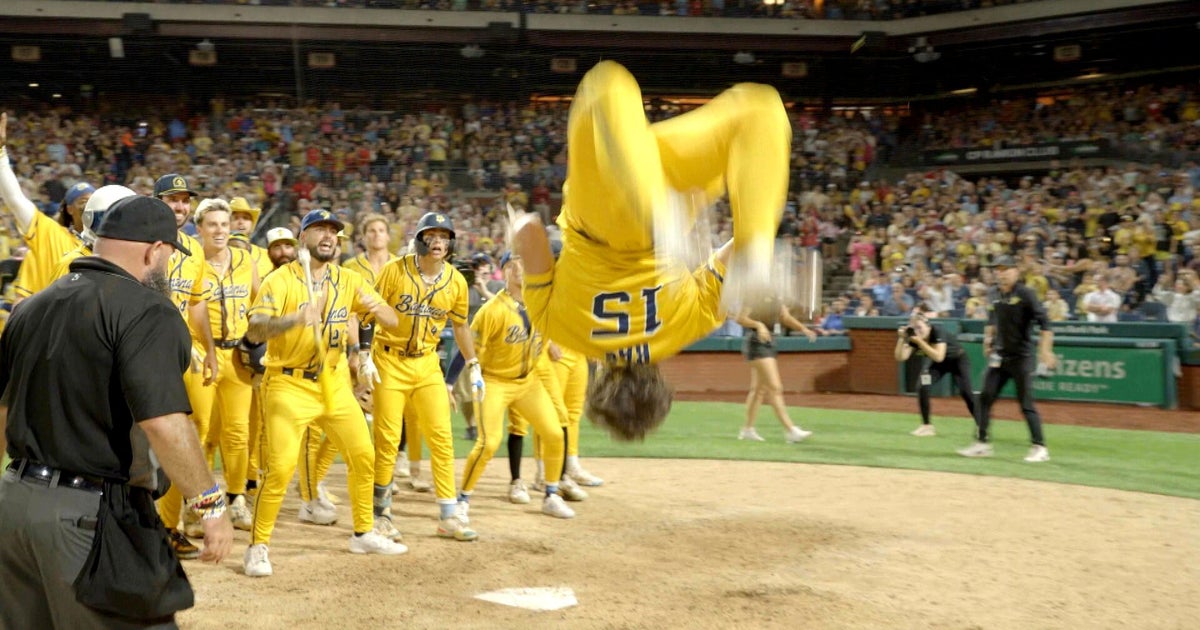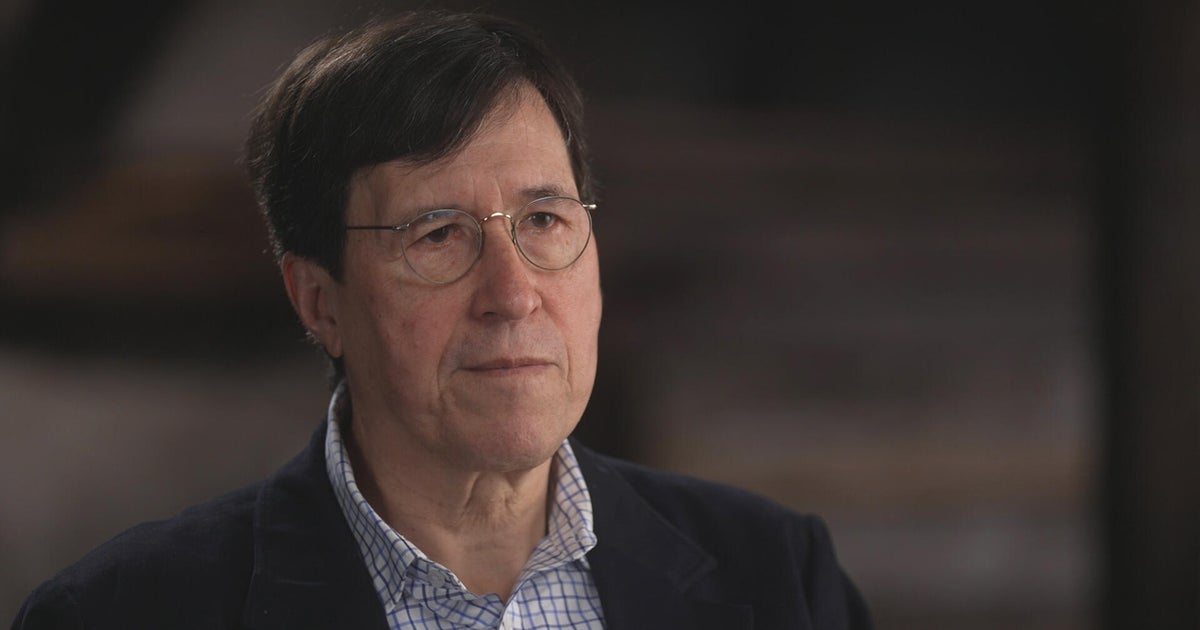Bourbon demand fueling barrel business: "The magic comes from the barrel"
Metal, plastic and cardboard long ago eclipsed barrels for the shipment of most items, but when it comes to wine and whiskey, especially bourbon whiskey, the oak barrel still reigns.
Demand for bourbon has been great for the barrel business, as 3.2 million new barrels were filled with whiskey last year in Kentucky alone, and more than 14 million full barrels are aging in the state. The barrel is not just a container — it's also a key ingredient in bourbon's creation, according to Bardstown Bourbon master blender Dan Callaway.
"To make a great whiskey you have to start with a great distillate, a clear spirit. But then the magic comes from the barrel. The fact that it's new charred oak," Callaway said. "It's just incredible."
Despite bourbon having recently been threatened or hit with tariffs by other countries in retaliation for President Trump's tariffs, Bardstown's huge distillery is still producing enough new whiskey to fill more than 5,000 barrels a week.
Just how important is the barrel to bourbon
By federal law, for a spirit to be called bourbon it must be aged in a new, charred oak container. Between 50% and 80% of a bourbon's flavor will come from the barrel, Callaway said. The rest of the flavor comes from the mash bill: grains like corn, wheat and rye that are mixed with water and fermented with yeast.
Clear liquid from the mash bill goes into the barrel as what is essentially moonshine, then comes out a toasty color with a smooth flavor.
"I always compare it to a seesaw, OK? So when it comes off the still moonshine, like you said, it's a seesaw that's out of balance," Callaway said. "But every year that goes by of the barrel aging, the seesaw comes into balance. And what the barrel is bringing is caramel, vanilla, baking spice."
At Independent Stave, the largest maker of wooden barrels in the world, CEO Brad Boswell explained that toasting the inside of the barrel before filling it brings sugars in the wood to the surface.
"There's a reason why people still use oak barrels 2,000 years later," Boswell said.
While most people would expect a wooden barrel to smell like a campfire after being briefly set ablaze, or "charred," that's not the case, Boswell said.
"It smells more like a confectionery product," Boswell explained — think caramel, vanilla and cinnamon.
The filled barrels are aged in massive warehouses known as rickhouses, where temperature swings play a crucial role in developing bourbon's smooth character.
"We want those swings. When it, you know, when it gets really hot, things expand, lets the liquid in. When it gets cold, it contracts," Callaway said. "And it's that natural progression of in, out that ages the bourbon so beautifully as the liquid interacts with the wood."
How companies are making bourbon barrels today
The bourbon barrels from Independent Stave, founded in 1912 by Bowell's great grandfather, begin as logs from white oak trees. The logs are fed into what's known as a stave mill, where they're cut into ever-smaller pieces — staves — which are then arranged in stacks and seasoned outdoors for 3-6 months. From there, the staves head into a nearby cooperage, where the barrels are built.
Boswell's newest cooperage produces thousands of barrels every day, with 28 to 32 staves going into each barrel.
"Most of the barrels we make today are bespoke," Boswell said. "We know exactly who this barrel's going to, which distillery."
They don't use any nails or glue to hold the barrel together. After a barrel is raised, mostly by hand, it travels through a series of steps, including being toasted and then charred on the inside, to prepare it to hold the new whiskey. The charring happens in a char oven where the inside of the barrel will be set on fire. They call it alligator char, Boswell said, because it will make the inside look like an alligator's back.
Bourbon barrels enjoy second lives around the world
Most of the barrels made by Independent Stave can be used for more than 50 years, but they can only be used for bourbon once. After a bourbon is aged inside the charred container, the barrel no longer meets the requirement of being a new, charred oak container.
Instead, those used barrels are in demand for aging a host of other spirits.
When a bourbon barrel is emptied, about two gallons of the spirit are left behind, trapped in the wood, Boswell said.
"A lot of the secondary users actually look forward to putting their product into the barrel again for four, six, 10, a lotta scotches, 12 years, 18 years," Boswell said.
The sweet taste of bourbon will be pulled out during the process of aging other spirits.
Jessica and Ben Loseke, owners of Midwest Barrels, are the second stop for many of those used barrels. Their Kentucky warehouse is stacked to the rafters with empty barrels.
"We really view our role in the industry as moving as many barrels from the original source to the next stopping point as fast as possible," Jessica Loseke said.
When they started out, a big order for the Losekes was a few barrels. But now a big order is 10,000 barrels. Their entire warehouse is turned over every few weeks.
About 80% of Midwest Barrels' business is overseas. India, China, Scotland and Ireland are the company's biggest markets.
Kentucky alone exported more than $300 million worth of used barrels last year — and that was just to Scotland, according to the Kentucky Distillers' Association.
The barrels in Scotland are used to age Scotch whisky for up to 40 years, but the used bourbon barrels are also used for tequila, rum, pisco, cachaça and beer, Boswell said.
One of Bardstown Bourbon's offerings — an American whiskey — is a real world traveler. The whiskey is finished in Indian whiskey barrels, which in turn is traditionally aged in a bourbon barrel. So the barrel starts in Kentucky, heads to Bangalore, then comes back home.








